Four material innovations in "wet sweat" technology
"Getting the moisture out" is no longer just a requirement for athletes; it is an essential element for all outdoor, sports, and fashion brands when designing and selecting functional fabrics. Moisture-wicking technology has evolved from simple hydrophobic polyester to recyclable, multi-layer push-pull systems, active temperature regulation, and even phase-change microcapsules. The multidimensional upgrade is supported by an innovative chain that spans chemistry, structure, and finishing processes.
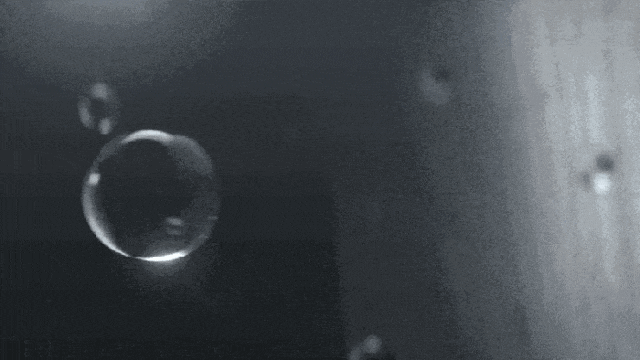
Source: testextextile
The three stages of perspiration: absorption → conduction → evaporation
Sweat vapor exuded from the skin is first absorbed by hydrophilic or low surface energy molecular groups, then "pushed" to the outer layer of the fabric via the capillary structure of the fiber cross-section. Once there, it spreads over a larger area to evaporate and dissipate heat. The core driving force is "capillary action," the phenomenon where liquid automatically rises and disperses along fine channels, which in high-intensity activity can increase sweat transfer rates to 2–3 times that of bare cotton fibers.
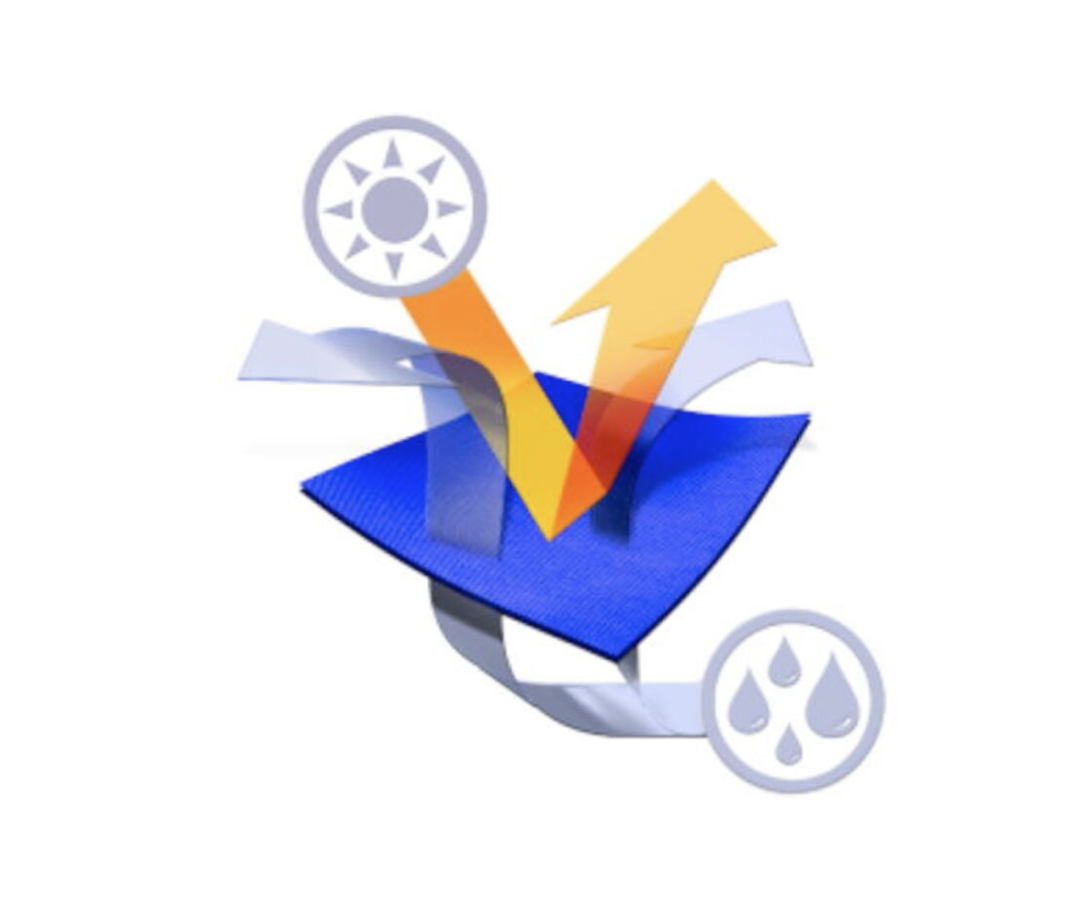
Source: niketech.weebly
Nike Dri-FIT® uses fine denier microfiber + hydrophobic finishing, covering all categories from training and ball sports to casual wear.
Microscopic Affinity: Hydroxyl Groups vs. Hydrophobic Segments
Cotton, modal, lyocell, and other regenerated fibers inherently carry hydroxyl groups (-OH), which easily form hydrogen bonds with moisture; whereas hydrophobic macromolecules like polyester and nylon compensate for their "natural deficiency" through cross-sectional engineering and surface energy gradients. The former is responsible for "pulling" sweat, while the latter is responsible for "pushing" it to the outer layer. Blended or double-layer structures utilize this affinity difference to create a unidirectional moisture transport pathway.
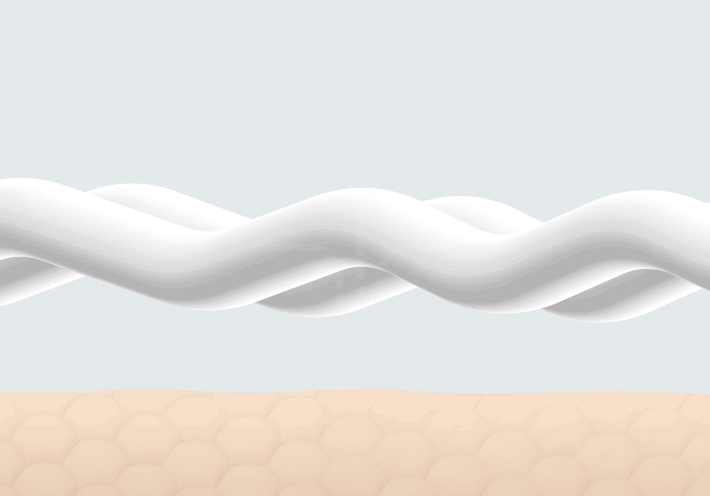
Source: Rudolf
Structural Design: Irregular Section and Double Layer
Invista’s COOLMAX® series features a unique cross-section with four or six grooves (four channels increase airflow and quickly remove sweat). It dries in a very short time and maintains its properties over time. Compared to regular polyester of the same weight, it offers a larger surface area and greater capillary action. In the EcoMade version, the raw materials are 100% derived from recycled PET or textile waste.
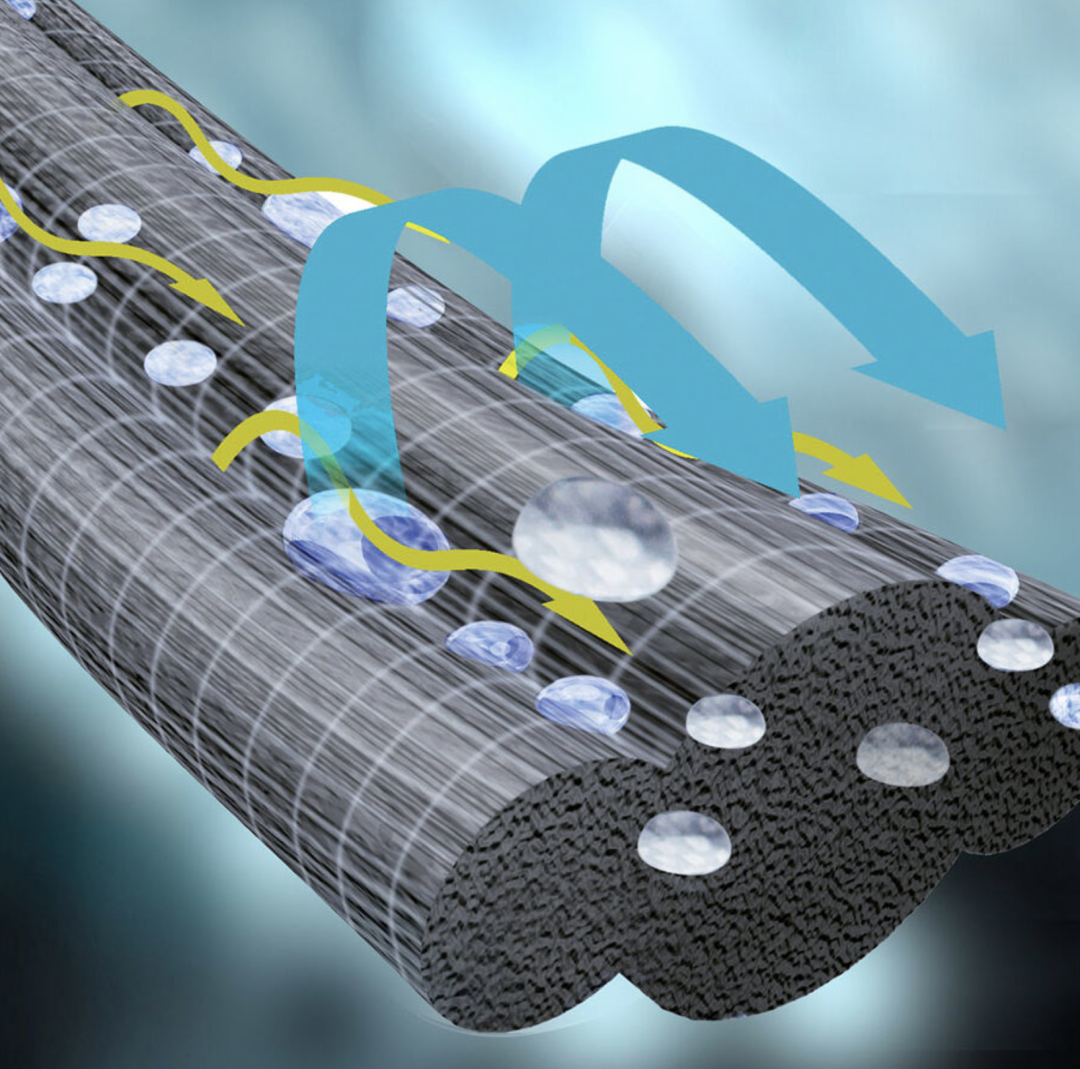
Source: accapimoto
Polartec double-layer base fabric: The inner layer is hydrophilic, and the outer layer is hydrophobic, pushing sweat to the fabric surface. The inner layer uses hydrophilic fibers to absorb sweat from the skin and transfer it to the outer layer. The outer layer uses hydrophobic fibers to quickly disperse sweat, increasing surface area to speed up drying. The continuous evaporation function prevents sweat saturation and regulates temperature in hot and cold environments.
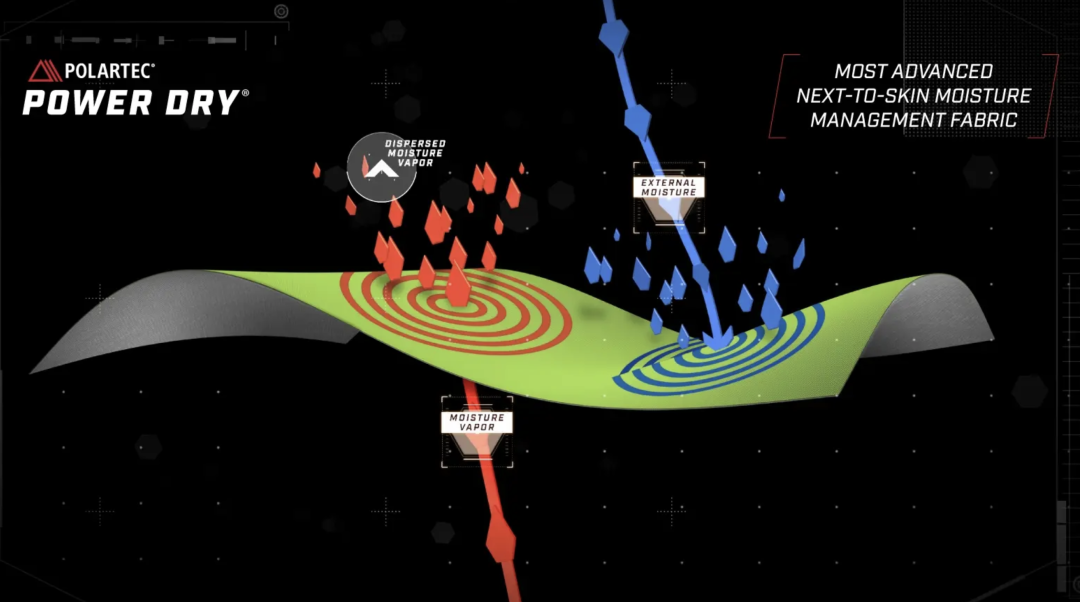
Source: polartec
Polartec® Power Dry® Fabric Moisture-Wicking Illustration
Functional Overview: Hydrophilic Coating, Active Temperature Regulation
HeiQ Smart Temp™ dynamic cooling technology utilizes dynamic hydrophilic polymer networks. When the fabric temperature rises, the heat absorption/dissipation mode is activated, instantly reducing the surface temperature by approximately 2.5°C.
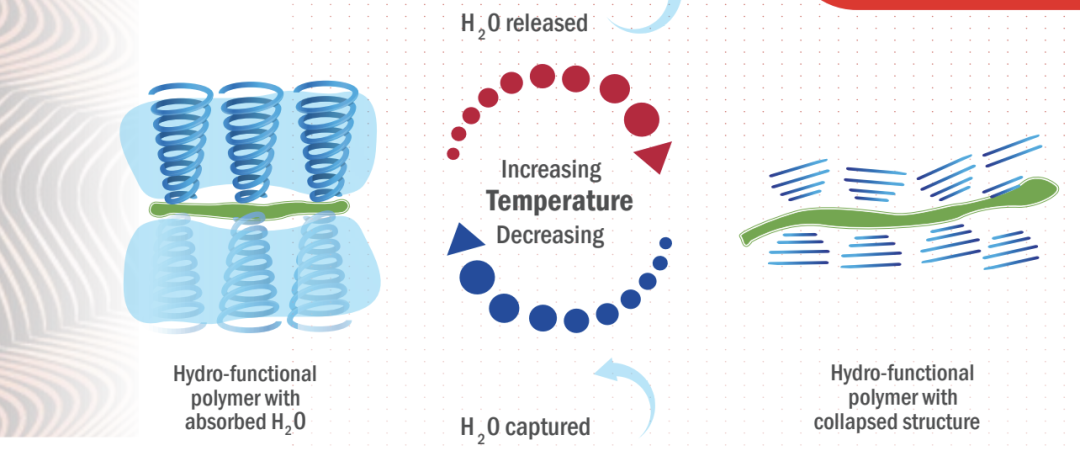
Source: kstextiles
When the temperature drops, reserved water vapor is absorbed; when the temperature rises, water vapor evaporates and carries away heat.
37.5® Technology embeds volcanic and coconut shell particles into the yarn core to capture body infrared energy, accelerating the formation of water vapor pressure difference to directly "extract" moisture before it turns into liquid. The billions of micropores in the active particles significantly increase the surface area of the fiber material.
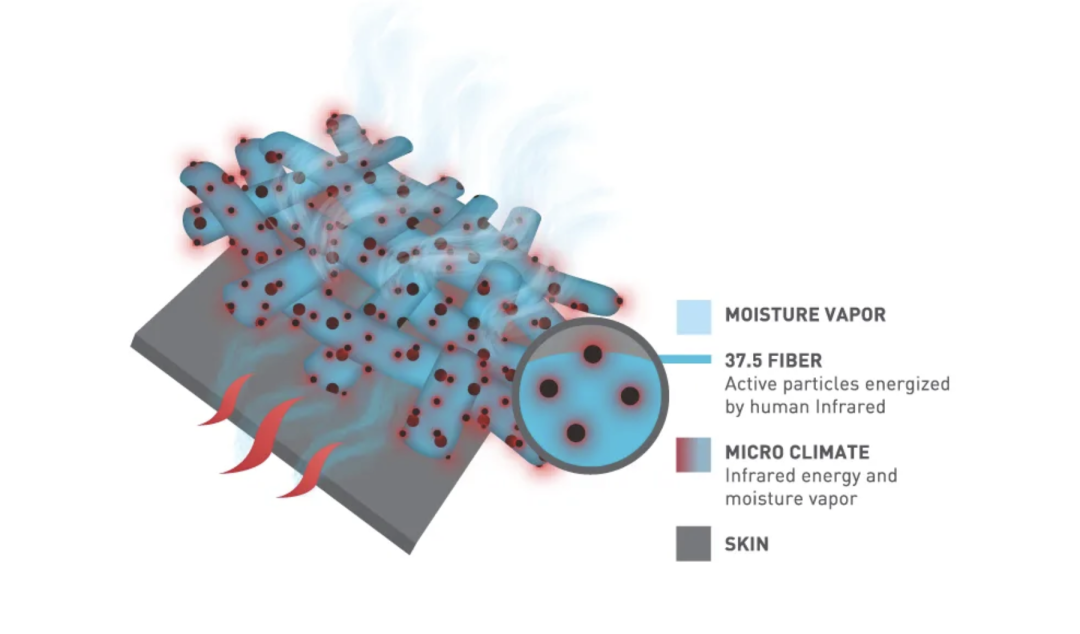
Source: thirtysevenfive
Outlast® PCM phase change microcapsules first absorb excess heat and then release it gradually. PCM viscose fibers regulate heat and humidity, providing a natural solution for climate comfort in bedding and apparel products.
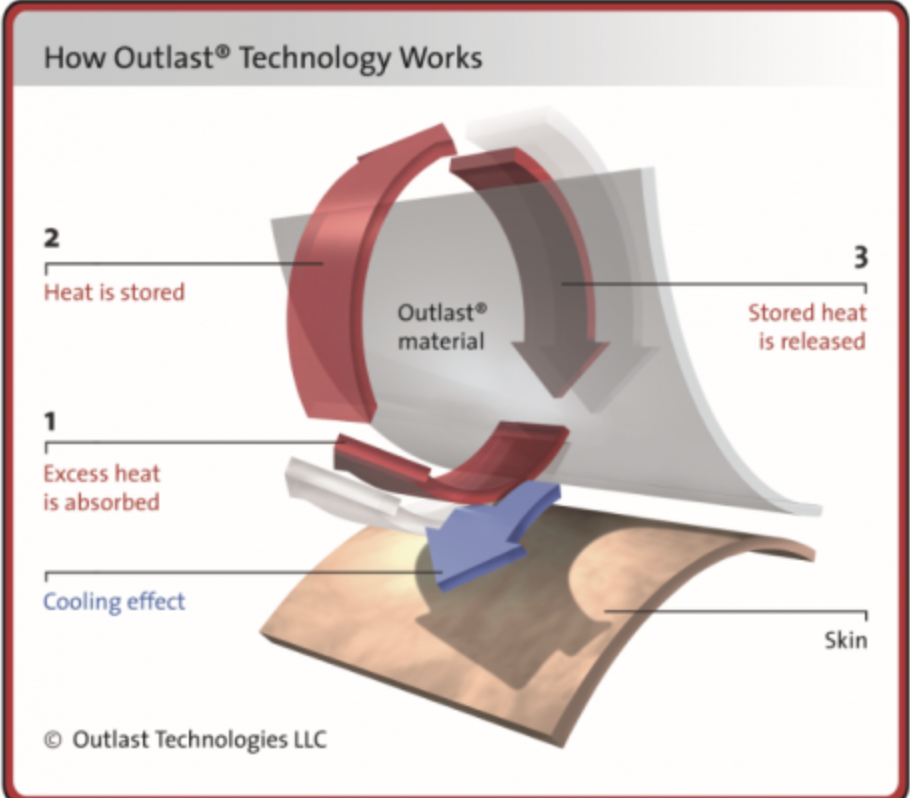
Source: OUTLAST
Moisture-wicking technology has evolved from “fast drying of sweat” to “preventing moisture formation” and “proactively adjusting temperature differences.” Moisture-wicking fabrics are widely used in high-intensity outdoor and competitive sports, urban leisure and yoga fitness, outdoor footwear and socks, as well as professional protection and uniforms. Different scenarios demand variations in moisture-wicking speed, abrasion resistance, and structural design, driving continuous innovation in fibers and processes.
For fiber companies, it means there is still tremendous room for innovation in molecular design, cross-section engineering, and finishing formulas; for outdoor and sports brands, a new balance can be found between functionality and sustainability.
【Copyright and Disclaimer】The above information is collected and organized by PlastMatch. The copyright belongs to the original author. This article is reprinted for the purpose of providing more information, and it does not imply that PlastMatch endorses the views expressed in the article or guarantees its accuracy. If there are any errors in the source attribution or if your legitimate rights have been infringed, please contact us, and we will promptly correct or remove the content. If other media, websites, or individuals use the aforementioned content, they must clearly indicate the original source and origin of the work and assume legal responsibility on their own.
Most Popular
-

U.S. Appeals Court Officially Rules: Trump Tariff Unlawful and Void!
-

[Today's Plastics Market] General Materials Weakly Fluctuate, Engineering Materials Steadily Rise
-

At Least 44 Dead in Century-Old Fire! Questioning Hong Kong's Hong Fu Garden: Why Has the Path to Fire Resistance Taken 15 Years Without Progress?
-

Avatr Files for IPO on HKEX, Plans to Complete Listing in Q2 2026
-

Satellite chemical's profits surge! can the 26.6 billion yuan high-end new materials project meet expectations? a review of progress on four major projects






